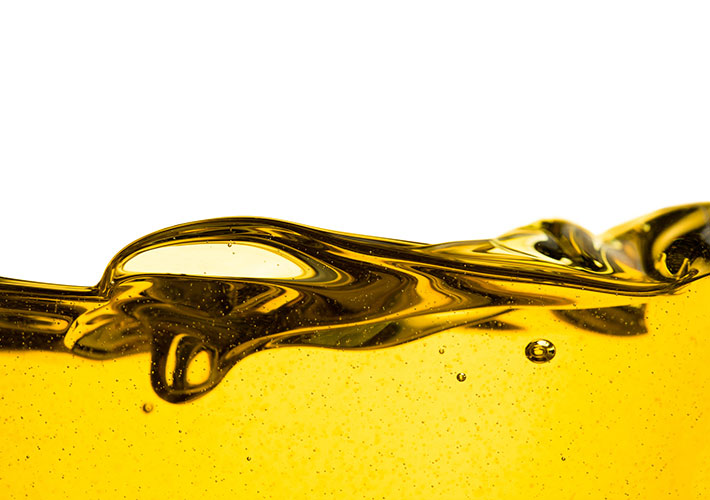
New Guide Outlines Techniques to Measure Viscosity of In-Service Oil
ASTM International’s committee on petroleum products, liquid fuels, and lubricants (D02) has created a new standard (soon to be released as D8185) that will serve as a guide for determining how to measure viscosity of in-service oil.
According to committee members, anyone with a technical background in lubrication or condition monitoring can use this guide to determine options for viscosity testing.
Generally, proper lubrication is important for maximizing the usable life of a machine or device. Viscosity can affect the energy and mass transfer of the lubricant in the machine.
“If the viscosity is too high, it might exceed the pumping capabilities, and lubricant may not be able to reach critical components,” says ASTM International member Norm Kanar, marketing and sales manager at Savant Labs. “If viscosity is too low, the lubricant may not be able to protect the machine from premature wear of components.”
Kanar notes that the new standard contains practical, historical, and relevant information on how to measure in-service lubricant viscosity. The guide also provides workers with basic principles of each measurement approach and how to conduct them.
To purchase standards, contact ASTM International customer relations (tel +1.877.909.ASTM).
 SN Home
SN Home Archive
Archive Advertisers
Advertisers Masthead
Masthead RateCard
RateCard Subscribe
Subscribe Email Editor
Email Editor